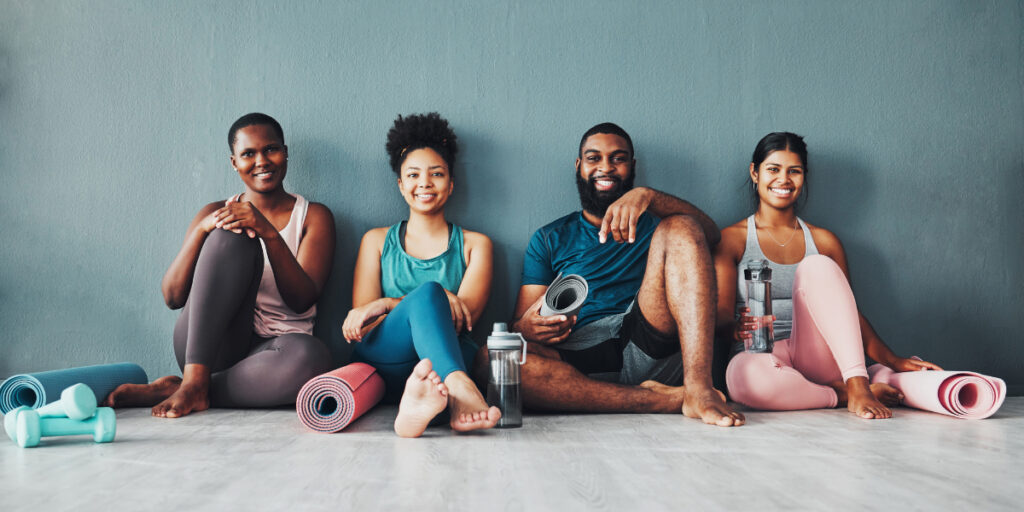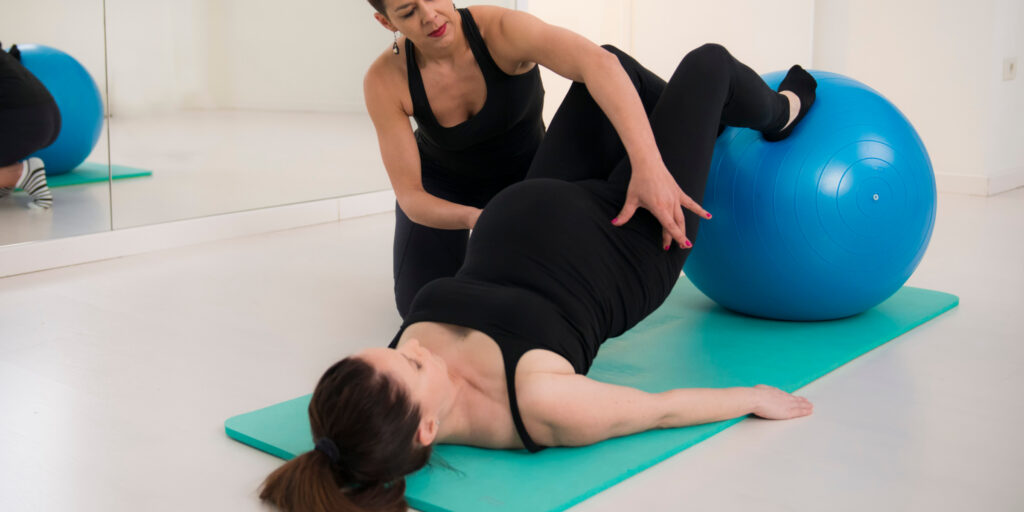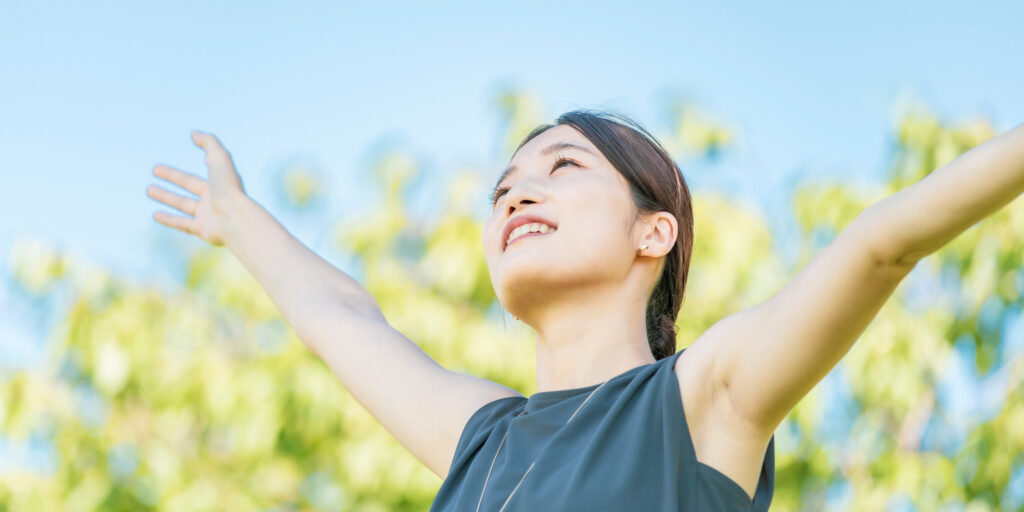Delving into well-being and physical fitness, one might often stumble upon various approaches designed to harmonize body and mind. Each method presents its unique perspective, with certain philosophies capturing the attention of health enthusiasts around the globe. Among these, there’s an engaging, sophisticated, yet approachable system, born in the early 20th century, that has been transforming lives since subtly embodying the art of movement with a sprinkle of mindfulness.
The principles of Pilates are centered around concentration, control, centering, flow, precision, and breathing. It’s a mind-body workout focusing on strengthening the core while improving flexibility and awareness. The fundamentals lie in performing controlled, precise movements with mindfulness.
The Genesis of Pilates: A Brief History
The Pilates method, known simply as Pilates, is a physical fitness system developed in the early 20th century by Joseph Pilates, a German physical culturist. Joseph, born in 1883, was frail as a child, suffering from asthma, rickets, and rheumatic fever. His drive to overcome these ailments led him to study various exercises, and he eventually became proficient in bodybuilding, diving, skiing, and gymnastics.
During World War I, he was interned with other German nationals in England, where he worked as a nurse. This period was significant in developing his method as he started devising exercise regimens for the non-ambulatory patients performed in bed. He even went to rigging bed springs to create resistance – a concept that later transformed into the design for his innovative Pilates equipment like the Reformer.
In 1925, Joseph Pilates moved to New York City and opened a fitness studio originally intended to train boxers. However, his method quickly caught the attention of the dance and performing arts community. He continued to refine and develop his exercise method, which he initially called “Contrology,” until he died in 1967.
Joseph Pilates’ legacy continues to thrive, and his method has evolved into a popular form of exercise adopted by fitness enthusiasts worldwide. Its benefits are not only enjoyed by dancers and athletes, but it has also gained recognition in areas like physical rehabilitation and general fitness, transcending boundaries and age groups.
The Six Core Principles of Pilates Explained
The principles of Pilates are like a compass, guiding each practice to ensure alignment with its philosophy. These six principles reflect Joseph Pilates’ vision of a holistic workout and serve as the foundation of the Pilates method:
- Centering: This principle focuses on the center of the body – the area between the lower ribs and pubic bone, often called the “powerhouse.” Almost all Pilates exercises originate from this core area, which involves the abdomen, lower back, hips, and buttocks.
- Concentration: Concentration is key to the mind-body connection in Pilates. By focusing on each movement, you can perform each exercise effectively and align your body with your mind.
- Control: Every Pilates exercise is done with control to ensure correct form and efficiency. This is not about high intensity or speed but understanding how your body works and controlling each movement.
- Precision: In Pilates, awareness is sustained throughout each movement. There is an emphasis on doing one precise and perfect movement rather than many half-hearted ones. Here, the goal is for this precision to eventually become second nature and carry over into everyday life.
- Breath: Proper breathing is essential in the Pilates method. Pilates exercises coordinate with the breath, and using the breath properly is integral to all exercises. Deep, controlled, diaphragmatic breathing activates the muscles, helps focus the mind and fuels movement.
- Flow: Pilates exercises are done in a flowing manner. Fluidity, grace, and ease are goals applied to all exercises. The energy of an exercise connects all body parts and flows through the body in an even way. Pilates equipment, like the reformer, are very good mirrors of one’s flow and concentration as they tend to bang around and suddenly become quite “machine-like” if one loses control and flow.
By integrating these principles into each workout, the practice of Pilates brings about improvements in strength, flexibility, coordination, and posture and helps create a balanced, lean body.

Centering: The Heart of the Pilates Method
In the realm of Pilates, the term “centering” holds a paramount position, often touted as the heart of the Pilates method. It refers to the body’s physical center—the powerhouse—that includes the abdomen, lower back, hips, and buttocks. But beyond its physical implications, centering bears a philosophical and practical significance that enhances the transformative power of Pilates.
The concept of centering harks back to Joseph Pilates’ belief in the body as an interconnected system, where strength radiates outwards from the core to the limbs. In this view, the body’s center acts like the fulcrum of a seesaw, balancing and controlling the movements of the entire system. This central focus helps unify the body, improving coordination and balance.
However, centering goes beyond mere physical control. It represents a focal point for mental and emotional concentration. When practitioners concentrate on their physical center during each exercise, they become more grounded, creating a robust mind-body connection. This concentration enhances the workout’s efficiency and promotes mindfulness, reducing stress and fostering a sense of inner peace.
Centering in Pilates encourages the development of a strong core, not just in terms of muscular strength but as a basis for overall health and well-being. By channeling one’s energy to the center during Pilates exercises, practitioners learn to control their movements better, develop a more profound awareness of their bodies, and achieve an equilibrium between body and mind. This emphasis on the ‘powerhouse’ makes centering truly the heart of the Pilates method.
Precision and Control: Key to Mastery
Precision and control constitute two vital aspects of the Pilates method, facilitating a journey from conscious movement to effortless flow. The consistent practice of these principles is key to mastering this unique physical fitness system.
Precision in Pilates refers to the exactness of movement. Each exercise is performed with acute attention to detail, reflecting Joseph Pilates’ assertion that ‘a few well-designed movements, properly performed in a balanced sequence, are worth hours of doing sloppy calisthenics or forced contortion.’ This principle underlines the importance of quality over quantity, where the objective is to perfect each movement, aiming for a consistent and repeatable pattern that reinforces good habits and posture.

Meanwhile, control, or ‘Contrology’ as Joseph Pilates initially named his method, is about governing every aspect of the movement rather than succumbing to momentum or external forces. The exercises are not about speed or repetition but about understanding the body’s mechanics and learning to regulate each movement. This control should involve the entire body, highlighting the integrated, holistic nature of the practice.
Together, precision and control cultivate intimate body awareness. They encourage the practitioner to move with intention and deliberation, reducing the risk of injury and enhancing the workout’s efficiency.
Over time, this conscious engagement becomes ingrained, leading to improved coordination, balance, and graceful, purposeful movement. These principles ultimately foster the development of a disciplined mind, capable of guiding the body with harmony and ease, which is a true mastery in the art of Pilates.
The Art of Flow: Graceful Movement in Pilates
The principle of flow adds an element of grace and elegance to the practice of Pilates, transforming it into an art form as much as a fitness method. Flow pertains to smooth, continuous movements, creating a sense of rhythm and fluidity within the workout.
In Pilates, exercises are not isolated incidents of exertion but parts of a dynamic, interconnected sequence. Like dancers in a choreographed performance, practitioners are encouraged to transition seamlessly from one movement to the next. This creates a rhythm, a dance-like grace that makes the workout enjoyable and ensures it engages the whole body, enhancing the harmony of movement.
Flow also encompasses the notion of efficiency. Every exercise in Pilates is designed to serve a purpose, and how movements flow together reinforces this intentionality. The smooth transitions reduce unnecessary strain, making the workout more effective and maximizing the benefits received from each session.
But there’s more to flow than physical movement; it also carries a mindful component. The flowing nature of Pilates exercises facilitates a meditative state, where the mind stays focused on the ongoing movement, enhancing concentration and mental clarity. It encourages practitioners to stay present, and fully engaged with the exercise, thereby deepening the mind-body connection.
By cultivating flow in their practice, Pilates practitioners can improve their flexibility and coordination and build a natural elegance in their movement. The art of flow in Pilates thus enhances the physical benefits of the workout while contributing to mental well-being, exemplifying the holistic philosophy of this fitness method.
The Importance of Breathing in Pilates
Breathing plays a crucial role in Pilates, infusing the physical exertion of the workout with a rhythm that unites body and mind. Far from being a passive participant, breath in Pilates is an active, guiding force that helps practitioners execute movements with greater efficiency and control.
Joseph Pilates strongly advocated deep, thorough breathing, believing it to be instrumental in cleansing the body and invigorating the mind. His method emphasizes full inhalations and exhalations, engaging the diaphragm and intercostal muscles to ensure a more profound and revitalizing breath.
In Pilates exercises, breath is the fuel that drives the movement. Each exercise is designed to synchronize with the rhythm of the breath, creating a harmonious flow of action and reaction. As practitioners inhale, they’re often instructed to execute a particular movement, and as they exhale, they transition to the next movement. This synchronization enhances the exercise flow and improves the body’s oxygen supply, increasing the workout’s efficacy.

Breathing in Pilates is also a tool for control. Targeted breath helps engage specific muscle groups, especially the powerhouse muscles in the core. For instance, practitioners are frequently advised to exhale deeply during exertions, like lifting a leg or rolling up, which naturally engages the abdominal muscles and stabilizes the core.
Finally, the focus on breathing reinforces the mindful aspect of Pilates. As practitioners concentrate on their breath, they become more attuned to their bodies, deepening the mind-body connection and fostering mindful awareness.
The importance of breathing in Pilates transcends the physiological realm to touch upon the psychological and spiritual facets of well-being, manifesting the holistic approach that is the cornerstone of the Pilates method.
The Role of Pilates in Physical Rehabilitation
Pilates has earned a significant place in physical rehabilitation, recognized for its ability to aid recovery and prevent future injuries. Its emphasis on low-impact movements, control, and flexibility makes it an effective therapeutic tool for diverse individuals.
At its core, Pilates strengthens and stabilizes the ‘powerhouse’ – the body’s center that encompasses the abdomen, lower back, and hips. This focus on core strengthening improves overall body stability, critical for recovering from injuries or surgeries, especially related to the back or hips.
Pilates also emphasizes the correct alignment of the body, which helps correct postural imbalances often associated with pain or injuries. Encouraging proper alignment and movement patterns, Pilates can help people recover their mobility while minimizing re-injury risk.
Furthermore, the principle of control in Pilates is particularly beneficial in rehabilitation scenarios. The controlled, mindful nature of the exercises allows individuals to safely challenge their bodies without causing undue stress. This enhances functional strength and can expedite recovery.
The adaptable nature of Pilates is another reason for its efficacy in physical rehabilitation. Exercises can be modified to accommodate individual abilities, making it suitable for people at different stages of recovery. Additionally, Pilates exercises can be performed with or without equipment, offering further flexibility.
Moreover, Pilates encourages a deep mind-body connection, which can be instrumental during rehabilitation. The mindful aspect of Pilates can improve body awareness, which aids in recognizing and rectifying harmful movement patterns.
Given these benefits, it’s not surprising that physical therapists often incorporate Pilates into their treatment plans. However, individuals seeking Pilates for rehabilitation must work closely with certified professionals who understand their unique needs and limitations. With its multifaceted approach, Pilates can play a vital role in the journey toward recovery and long-term health.
Enhancing Fitness: The Benefits of Pilates
With its unique blend of strength, flexibility, and mindfulness exercises, Pilates offers many benefits that can greatly enhance overall fitness and well-being.
- Strengthens the Core: Pilates focuses on strengthening the powerhouse—the abdomen, lower back, hips, and buttocks. A strong core improves overall body strength, stability, and balance.
- Enhances Flexibility: Pilates exercises are designed to lengthen and stretch all the major muscle groups in the body in a balanced fashion, promoting improved flexibility and range of motion.
- Improves Posture: Pilates encourages proper alignment and helps correct imbalances in the body. Regular practice can improve posture, reducing the risk of pain and injury.
- Promotes Body Awareness: The mindful nature of Pilates enhances body awareness. Practitioners become more attuned to their bodies, helping them to detect and correct harmful movement patterns.
- Increases Mind-Body Connection: Pilates emphasizes the importance of moving with complete coordination of body, mind, and spirit, which can lead to improved mental focus and stress reduction.
- Supports Rehabilitation: Pilates is often used as an effective form of physical rehabilitation. Its low-impact, controlled movements are safe for recovering from injuries or surgeries.
- Adaptable for All Levels: Pilates can be adapted to suit a wide range of fitness levels and needs, making it a suitable choice for beginners through to advanced athletes.
- Boosts Endurance and Energy: Regular Pilates practice can improve muscular endurance and overall energy levels, enhancing athletic performance and functionality.
- Aids Weight Management: Pilates can complement weight management strategies while not a cardiovascular workout by building lean muscle and increasing metabolic rate.
By integrating Pilates into a regular fitness routine, individuals can reap these benefits, contributing to improved health, well-being, and a higher quality of life. As with any exercise program, it’s important to consult a healthcare professional before beginning, particularly for individuals with specific health concerns or conditions.
The Future of Pilates: Emerging Trends
Pilates continues to evolve as a versatile and adaptable fitness method, accommodating its practitioners’ shifting demands and interests. Here are some emerging trends shaping the future of Pilates:
- Virtual Classes: With advancements in technology and lifestyle patterns, more and more people are opting for online Pilates classes. These virtual classes offer flexibility and convenience, allowing individuals to engage in their fitness routines from the comfort of their homes. Expect to see an increase in on-demand and live-streamed Pilates classes.
- Hybrid Classes: Combining Pilates with other fitness disciplines is an increasingly popular trend. Hybrid classes, such as Pilates-Yoga (PiYo), Barre-Pilates, or Pilates with HIIT elements, offer varied and comprehensive workouts that cater to diverse fitness interests and needs.
- Pilates for Specific Populations: There’s a growing recognition of Pilates as a beneficial workout for different age groups and health conditions. Specialized classes for seniors, prenatal/postnatal women, athletes, or individuals with specific health conditions like arthritis, are expected to increase.
- Mindfulness Integration: As awareness of mental health continues to grow, the integration of mindfulness practices into Pilates is rising. Expect more classes emphasizing the mind-body connection, incorporating meditation, breathing exercises, and mindful movement.
- Technological Tools and Wearables: The use of technology in fitness is expanding, and Pilates is no exception. Wearable devices that track performance, form, or posture and apps that provide guided workouts or monitor progress will likely become more prevalent.
- Sustainable Practices: With increasing consciousness about environmental sustainability, Pilates studios are expected to adopt more eco-friendly practices. This could range from using sustainable, recyclable equipment and materials to implementing energy-efficient measures in studios.
The essence of Pilates—its focus on strength, flexibility, control, and mind-body connection—will undoubtedly remain at its core. However, the method’s adaptability and responsiveness to emerging trends will ensure its continued relevance and growth in the future fitness landscape.
Sources:
–https://complete-pilates.co.uk/pilates-principles/
–https://www.phyxphysio.com.au/pilates-principles/
-https://www.verywellfit.com/six-pilates-principles-2704854




